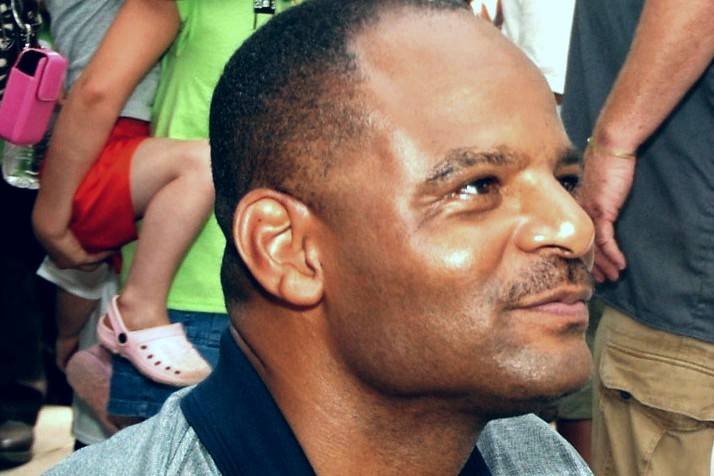Who knew that coaching high school football was a step from instant stardom? Ex-Seahawks and Central Washington quarterback Jon Kitna, coach of Lincoln High in Tacoma, found that out last week, returning to a backup role with the Dallas Cowboys after starter Tony Romo had surgery. And ex-Redskins and Washington Husky quarterback Mark Brunell, coach of Episcopal High in Jacksonville, Fla., found that out in November when he left to become a pro football analyst with ESPN.
More important is that both, after several decades of getting their heads banged on the college and pro football turf, were still capable of coaching and teaching, as well as returning to cerebral positions in a sport that wounds the brain. More than 4,500 players were involved in the National Football League’s recent $765 million settlement of brain-concussion lawsuits, with injuries ranging from memory loss to severe psychosis and death. Among the claimants was troubled ex-Husky and Detroit Lions lineman Reggie Rogers, who died in October at age 49. We’ll never know how much a concussion may have affected his life, though we know he made consistently bad decisions, including his final one – the King County Medical Examiner last week confirmed Rogers’ died from an alcohol and cocaine overdose.
When I wrote about Rogers’ fellow ex-Husky Brunell in 2011, the story was about the quarterback’s post-career financial collapse, a debt that forced him to sell his Rose Bowl rings. Despite having earned more than $75 million as a quarterback for the Redskins, Jaguars and Jets, Brunell owed creditors $25 million, due mostly to failed real estate deals. His was the NFL’s biggest personal bankruptcy, earning him a seat in the pantheon of famously broke athletes – among them, footballers Johnny Unitas and Rocket Ismail, and baseballer Lenny Dykstra, $50 million in the hole and living in his car.
Brunell has since successfully emerged from bankruptcy and picked up a TV following as one of Sportscenter’s likeable NFL talkers. But former Green Bay Packer Ken Ruettgers, who counsels ex-pros down on their luck, told me that the saddest cases aren’t the players who fail to plan their financial futures but those who don’t consider the toll that injuries and concussions take. “Thoughts of suicide are very common” among damaged players, said Ruettgers. And some carried it out. Ex-Chicago safety Dave Duerson, 50, killed himself with a gunshot to the chest, leaving a note asking that his brain be used in a concussion study. And ex-Falcons lineman Shane Dronett was 38 when he committed suicide driven by brain disease.
Today, with the NFL agreeing to provide compensation and moving forward with rule adjustments to limit concussions, the focus is on lessening college football brain injuries. There is also progress in softening the threat of concussion to prep and youth-league footballers through equipment and coaching-attitude changes.
One prudent thing players ought not to do, says Tim Hodgon, a former Washington State University reserve lineman, is play football without a helmet. That’s what he did at times on the Cougars’ practice field, he claims, leading to his symptoms of concussive brain trauma.
In a lawsuit filed in Thurston County, Hodgon says that under then-WSU coach Paul Wulf, helmetless football drills were to be conducted at 50 percent speed, but that was “feigned and never actually enforced,” and unprotected players crashed into each other at full speed. At one such practice, as a sophomore in 2010, he sustained his fifth football concussion in two years, says Hodgon.
He saw a doctor after he began suffering headaches and vomiting, according to his attorney, Anne Deutscher of Kent. He continued to experience migraines and dizziness, and didn’t play the rest of the season. At the start of the 2011 season, the onetime California prep standout was dropped from the team, and lost his scholarship.
Hodgon is suing Wulf, now a 49ers assistant, and WSU for negligence in failing to prevent and recognize his brain injury. Now 23, he lives with his mother and suffers from memory loss and a decreased ability to read and write, Deutscher says. WSU has not yet responded to the allegations, filed in September, other than seeking a venue change closer to Pullman. In a statement, a WSU spokesperson says “the health and safety of our student athletes is of paramount importance, and we take these matters very seriously.”
Still, colleges are dragging their cleats like the NFL did, as lawsuits like Hodgon’s continue to grow (one of which reveals that more than 29,000 concussions have been recorded in NCAA-sanctioned sports between 2004 and 2009). Former UW President Mark Emmert, now head of the NCAA, isn’t moving fast enough for critics such as California Congresswoman Linda Sanchez. In a November letter to Emmert, she noted the practice field death of 22-year-old Frostberg State player Derek Sheely, who collapsed after suffering two concussions – the first one earning him no mercy from his coaches. Concussions are epidemic, Sanchez feels. She’s concerned and says “We must do better.” She’s still awaiting Emmert’s reply.








